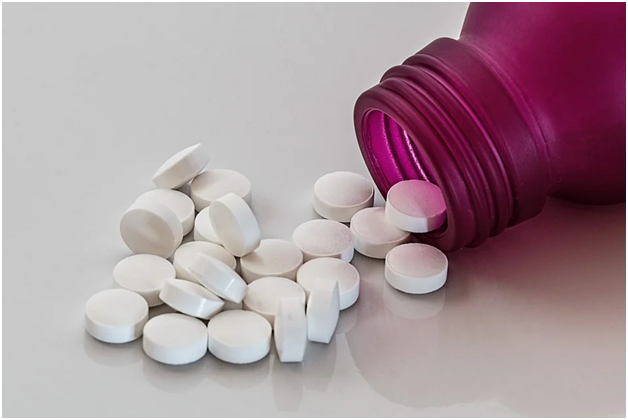Today, it’s possible to deliver medication on demand without ever leaving your home – and the growing number of apps that facilitate these deliveries mean you can make a better-informed decision. In this article, learn more about online pharmacy software, real-time delivery apps, and how they can help you get the medication you need at a time that fits with your schedule.
Introduction
By now, most of us are familiar with the idea of real-time delivery of goods and services. It’s a great way to improve efficiency and customer service, and it’s something that many businesses are looking into. In this article, we’re going to explore why you should consider real-time medicine delivery.
One of the main reasons to consider same day delivery of medicines service is that it can save lives. Imagine if you were in a hospital waiting room and you got a notification that your child was being delivered by C-section. You could then leave your waiting room and go to the nursery, where you could be an active part of your child’s birth experience. This kind of real-time medicine delivery has the potential to save lives, and there are other benefits too.
Real-time medicine delivery can also improve patient care. For example, if a patient is having surgery, they may need blood transfusions during the surgery. If the transfusion happens in real-time, it can help prevent any complications from happening. Additionally, real-time medicine delivery can make it easier for doctors to diagnose patients. If a doctor is able to see the patient
What is Real-Time Delivery of Medicine?
Real-Time Delivery of Medicine is a way to send medications directly to patients’ homes, rather than having them go through a pharmacy first. This allows for better access for patients, and it can also reduce the amount of time that it takes for medications to reach them.
Also Read: HIV-AIDS: Control and Prevention of Micronutrient Deficiency
Pros and Cons of Real-time delivery of medicine
Real-time delivery of medicine is a growing trend in the medical industry. There are several benefits to real-time delivery of medicine, but there are also some cons to consider before making a decision. Here are the pros and cons of real-time delivery of medicine:
Pros of Real-time Delivery of Medicine
- Reduced Overall Costs. One of the biggest benefits of real-time delivery of medicine is that it can save hospitals and doctors time and money. By sending medications and medical supplies directly to patients in need, hospitals can avoid waste and unnecessary procedures. Additionally, by providing treatment right when it is needed, doctors can avoid potential complications that could arise if the medication or medical supplies were delayed.
- Improved Patient Care. Another benefit of real-time delivery of medicine is that it can improve patient care overall. By ensuring medications and medical supplies are delivered to patients as soon as they are ordered, doctors can avoid any potential delays or disruptions in treatment. This can lead to improved patient outcomes, including faster recovery times and reduced risks for complications.
- Reduced Risk for Infection. One of the biggest risks associated with delayed medication or medical treatment is infection. By delivering medications and medical supplies directly
Audit and safety concerns
Audit and safety concerns have been raised around the use of real-time medicine, according to a recent report. The report, released by the U.K. Parliament’s Science and Technology Committee, suggests that there are still many unanswered questions about the safety and efficacy of this type of delivery. The committee’s findings come as no surprise to those who have been critical of real-time medicine for its potential risks. The technology has been touted as a way to improve patient care by automating aspects of doctor visits, such as dispensing medications and monitoring vital signs. However, critics argue that real-time medicine is too risky due to its reliance on computer systems that can malfunction. There have already been several high-profile incidents involving real-time medicine devices. In 2015, an MRI machine in Norway caused a power outage that led to the death of a patient. Later that year, a patient in the United States died after receiving a blood transfusion delivered through an automated machine called CRISPR Therapeutics’ Crispr-lite. In both cases, it was later revealed that the machines had malfunctioned due to software glitches. Critics say these incidents point to the need for more rigorous safety testing before real
Benefits of using a third party delivery company
There are many benefits to using a third-party delivery company when it comes to delivering medicine. First and foremost, this option can save the healthcare system time and money. By using a delivery company, pharmacies can avoid the need to transport medications across long distances, which can significantly reduce the time it takes for medications to reach patients. Additionally, by using a delivery company, pharmacies can ensure that medications are delivered to patients in a timely manner. This is especially important in cases where patients have conditions that require immediate treatment. Finally, using a delivery company can also improve patient safety. By having medications delivered directly to patient’s homes or offices, pharmacies can minimize the chances of medication errors occurring.
Conclusion
Real-time delivery of medicine is an important innovation that can improve patient care. There are many benefits to real-time delivery of medicine, including faster diagnosis and treatment, less waste, and improved patient safety.

